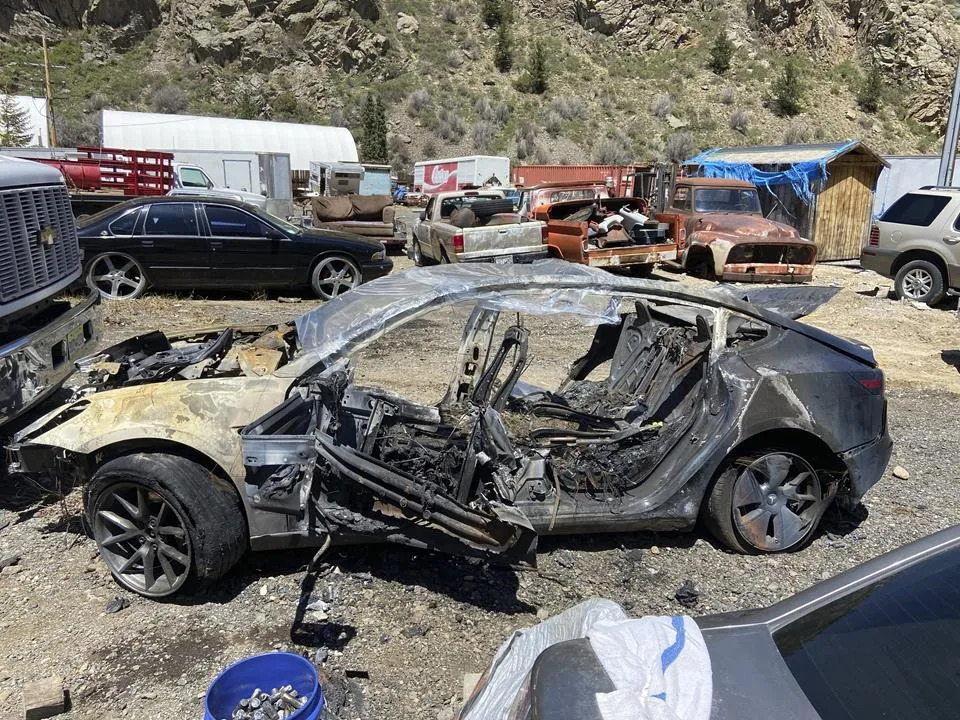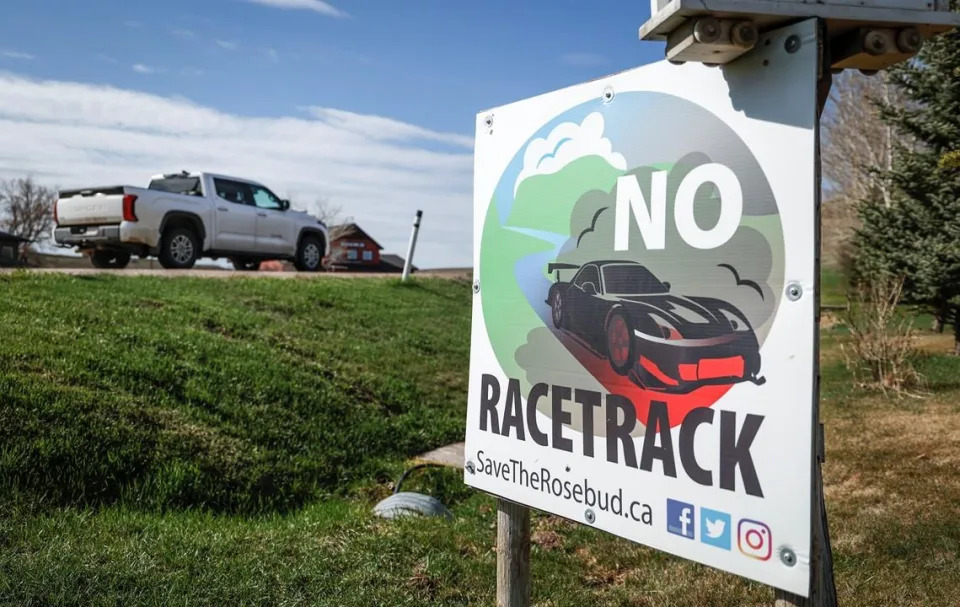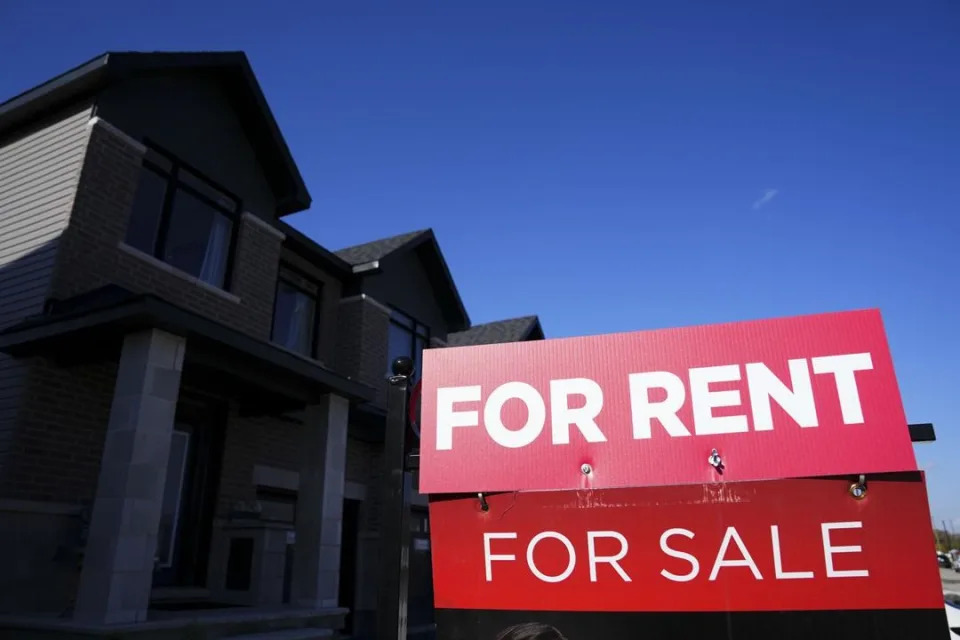Amy Or and Michael Hytha
Fri, May 10, 2024

China EV Maker Zeekr Shares Climb 35% After Expanded US IPO
(Bloomberg) -- Shares of Zeekr Intelligent Technology Holding Ltd., the high-end electric car brand under Zhejiang Geely Holding Group Co., rose 35% after an expanded initial public offering that’s the biggest US listing by a China-based company since 2021.
Zeekr’s American depositary shares closed at $28.26 apiece on Friday in New York, giving the company a value of about $6.9 billion. The company on Thursday raised $441 million from the sale of 21 million ADS priced at the top of a marketed range of $18 to $21.
Underwriters have an option to purchase as many as 3.15 million more ADSs in an over-allotment option, which if exercised in full will lift the offering to 24.15 million ADSs, representing about 9.1% of Zeekr’s issued share capital, according to an earlier statement.
Geely Auto, Mobileye Global Inc. and Contemporary Amperex Technology Co. Ltd. were interested in subscribing for as much as $349 million worth of shares in the offering, Zeekr had said in its filings.
Zeekr’s offering adds to a US IPO market rebound that is steadily overtaking the lackluster volumes of the past two years. The roughly $17 billion raised via listings on US exchanges since Jan. 1 compares with less than $10 billion at this point last year, with close to half of 2023’s volume coming from a single blockbuster, Johnson & Johnson’s spinoff Kenvue Inc., according to data compiled by Bloomberg.
Biggest Since Didi
The listing by Zeekr is the biggest by a China-based firm in the US since Didi Global Inc.’s $4.4 billion IPO almost three years ago. Days after the ride-hailing firm went public, it became the subject of investigation by Chinese regulators and delisted from the New York Stock Exchange less than a year later. The crackdown that ensued after Didi’s IPO, which spread to wide swaths of the country’s tech sector, crushed both share prices and US IPO activity.
Since then, listings on New York exchanges by China-based companies have been small and rare.
Zeekr’s valuation suffered in the aftermath, too. The company said in February 2023 that it had been valued at $13 billion in a funding.
Overcapacity in its domestic market also afflicts Zeekr and others such as BYD Co., leaving them eager to boost sales overseas. Zeekr warned investors in its prospectus that the Chinese government could intervene in its business to further its own regulatory, political and societal goals.
Zeekr founder and Chairman Li Shufu will control about 75% of the shareholder voting power in the company after the IPO, according to the filings. He now presides over an empire that includes two other EV makers that are publicly traded in the US, as well as Volvo Car AB in Stockholm.
Lotus, Polestar
In February, Geely took automaker Lotus Technology Inc. public via a merger with a special purpose acquisition company. That followed Geely’s Polestar Automotive Holding going public in a SPAC deal in 2022, and the listing of Volvo Car the previous year.
Last year, Zeekr had a net loss of $1.16 billion on about $7.3 billion in revenue, with the latter increasing more than 60% from 2022, according to its filings.
Read More: Chinese Tycoon With Mercedes, Volvo Stakes Struggles Against BYD
The Zeekr lineup includes the 001, a five-seat crossover and the X, a compact sport utility vehicle. The brand has also launched the 007, a premium sedan.
The IPO was led by Goldman Sachs Group Inc., Morgan Stanley, Bank of America Corp. and China International Capital Corp. The company’s shares are trading on the New York Stock Exchange under the symbol ZK.
(Updates in first and second paragraphs with closing price.)
Most Read from Bloomberg Businessweek










